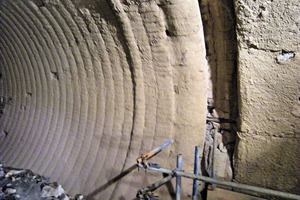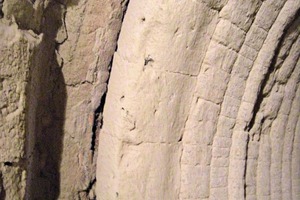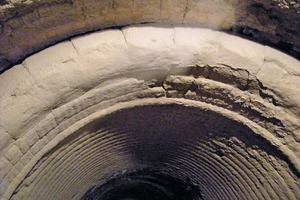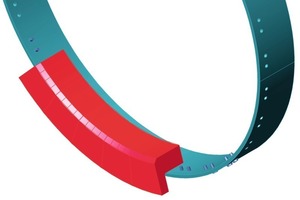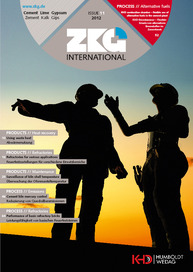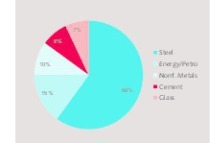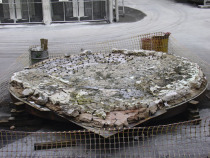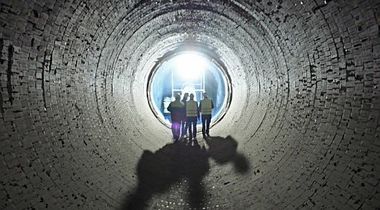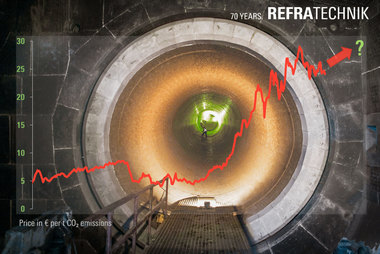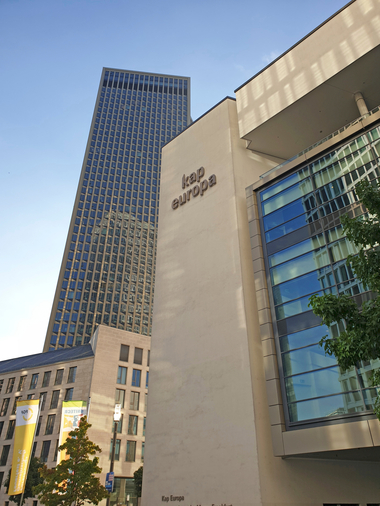Reliable refractory solutions play a vital role in increasing efficiency in the cement manufacturing process. However, a lapse in performance of the refractory lining can bring operations to an unscheduled halt, damage other kiln equipment and block material movement. Ultimately poor refractory performance will greatly reduce productivity and profit potential. In the following article, fundamental problems and solutions are described and then discussed based on case studies.
1 Common operational problems
Common operational problems seen with cement plant refractories can be both mechanical and chemical; high abrasion, which can reduce lining thickness or cause heavy build-up of alkali attack on the refractory and even the kiln shell. High thermal loads can “soften” wrongly chosen refractories, high mechanical loads can lead to stresses and high thermal shock can create slabbing and spalling. If the operating environment is not fully understood, and inappropriate choices of material are installed, the lifespan of refractory components in cement kilns is too often unpredictable. When these fail they need to be replaced quickly and efficiently. The longer these components can last the easier it becomes to align them with the lifespan of other components in the kiln. This reduces the loss of production time and leads to greater operational efficiency.
2 Refractory solutions
ANH has a range of products developed specifically for the cement industry, including a wide ranging portfolio of brick products for each kiln zone, as well as a series of monolithic product solutions and engineered refractories for the kiln itself, the upper and lower cyclones, the preheater zones and cooling chambers. In addition, ANH offers key products for the burner pipe, tertiary air duct, retaining rings, discharge nose rings, firing hoods and chain sections. In terms of coolers, there is also a range of products for the discharge chute, bull nose and side walls. These include ANH products such as Thor, Versaflow and Versagun. Further refractory solutions include plastic ramming mixes, rapid cure, bespoke composites, insulating, dense and rapid heat-up castables. Several application possibilities will be presented based on two case studies.
3 Case study 1: HeidelbergCement, Ketton/UK
As part of a long-standing contract with the HeidelbergCement Group at the Ketton cement works, in Rutland/UK, ANH has delivered a series of engineered refractory parts for a discharge nose ring (Figs. 1–4) for use near the cooler chamber in the kiln. The most recent of these was installed at the site in 2010 and has doubled the lifespan of previous models helping to slash operation costs, improve reliability and achieve greater efficiency.
Refractory composites were installed. In general, composites have very different properties. For example, materials not normally used in refractories can be added to enhance specific properties. For example, this type of product has the usual properties associated with refractory materials, but it also has a toughness that is just impossible to achieve with a refractory alone. ANH Refractories Europe first installed a nose ring at the Ketton plant in 1999. Before that the plant used conventionally cast refractory blocks. The first series of nose rings were cast with an alumina based refractory binder. The service life of this product was around 12 months, and was a first step towards improving reliability. The firm later progressed to a new binder system containing silicon carbide. This proved to be more durable than the alumina binder. At the same time other elements of the composite were upgraded to further improve durability and strength. Tests have shown this new composition reacts less with the cement clinker. The first two nose rings already lasted two years, which was double the previous performance. The current nose ring at Ketton was installed in January 2010. Following a recent inspection, it has remained in service for a third year, without requiring any repairs.
Thermal shock resistance, impact resistance, compressive strength and refractoriness are all significantly improved when compared to other shapes of the refractory materials, and even to steel or cast iron. At elevated operating temperatures ANH composites replace cast iron and steel parts which oxidise. It is also a direct replacement for conventional precast refractory shapes in structural or support applications due to the fact that unlike standard precast shapes, these can also be bolted to the same structure as a steel or cast iron part but replace both it and its protective refractory.
4 Case study 2: Lafarge, Trbovlje/Slovenia
During a recent project with Lafarge, ANH Refractories Europe supplied products for the kiln at the cement manufacturing plant in Trbovlje/Slovenia. ANH Refractories supplied the Thor AZSP Adtech refractory castable. Cast in situ, the product provided the lining solution for the kiln inlet chamber. The effectiveness of the kiln was further bolstered by the installation of ANH’s specialist ceramic anchors.
Thor AZSP Adtech is a premium, low moisture, fused zirconia-mullite refractory with excellent thermal, mechanical and chemical properties, and is easy to install. As the lining of the preheater slope and the inlet chamber this material leads to an improved lifespan. Key features include excellent strength and abrasion resistance, low thermal conductivity, low permeability, inertia to alkalies, build-up resistance and clogging all of which mean that the product is highly effective and dependable. It was designed for application in cement preheaters, feed inlets, calciners, feed shelves in wet process kilns and nose ring risers. For example, the Thor AZSP installation versatility allows material to be vibration-cast or pumped.
www.anhlimited.co.uk

